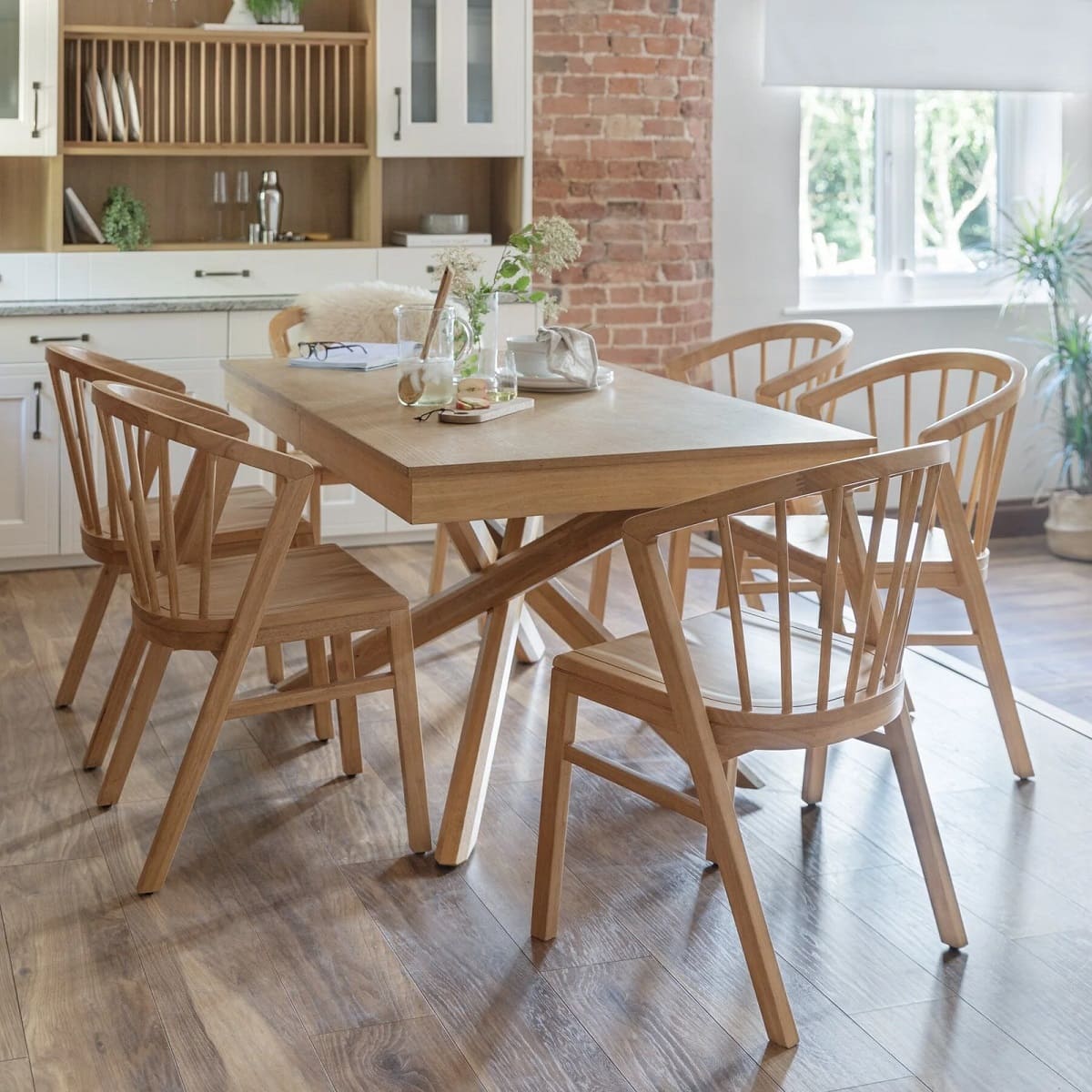

Tableware
How To Match Chairs To A Dining Table
Modified: January 5, 2024
Discover the secrets of matching chairs to your dining table and create the perfect tableware ensemble. Learn the tips and tricks from our experts.
(Many of the links in this article redirect to a specific reviewed product. Your purchase of these products through affiliate links helps to generate commission for Storables.com, at no extra cost. Learn more)
Introduction
Choosing the right chairs to match your dining table can make a significant impact on the overall aesthetics and functionality of your dining area. Whether you’re redecorating your space or moving into a new home, finding the perfect balance between style, comfort, and practicality is essential.
When it comes to tableware, there is an incredible variety of options to choose from. From different sizes and shapes to varying materials and designs, the possibilities can feel overwhelming. However, with a little guidance and understanding of the key factors to consider, you can make an informed decision that not only complements your table but also reflects your personal style.
In this article, we will explore the important factors to keep in mind when selecting chairs that harmonize with your dining table. We will delve into considerations such as size and shape, style and design, material and finish, as well as how to create an optimal seating arrangement. Let’s dive in!
Key Takeaways:
- Choose chairs that complement the size, shape, and style of your dining table for a harmonious and comfortable dining experience. Consider the material, finish, and maintenance requirements to ensure long-lasting functionality and aesthetics.
- Embrace creativity by mixing and matching different chair types, designs, materials, and colors to create a unique and personalized dining space. Prioritize optimal seating and space arrangement for a welcoming and enjoyable dining experience.
Read more: How To Match Dining Table And Chairs
Consider the Size and Shape of the Table
One of the first things you should consider when matching chairs to your dining table is the size and shape of the table itself. The chairs should complement the table’s proportions and ensure a comfortable seating arrangement.
Start by examining the dimensions of your dining table. Measure its length, width, and height to determine the overall size. This will help you determine the appropriate size and scale of chairs that will work harmoniously with the table.
If you have a large, spacious table, you can opt for larger chairs that provide a more substantial and visually balanced look. On the other hand, if you have a smaller table, choosing compact chairs will prevent overcrowding and create a more intimate dining experience.
Consider the shape of the table as well. If you have a rectangular or oval-shaped table, you have more flexibility in terms of chair options. You can choose chairs with or without arms, depending on your preference. For round tables, it is generally recommended to select chairs without arms to optimize seating and maneuverability.
Another important consideration is the height of the table. Ensure that the chair seat height aligns with the tabletop height to ensure a comfortable and ergonomic seating experience. A difference in height can lead to awkward posture and discomfort during mealtime.
By carefully considering the size and shape of your table, you can narrow down your options and find chairs that complement the overall aesthetics while ensuring a comfortable dining experience for you and your guests.
Assess the Style and Design of the Chairs
The style and design of the chairs play a crucial role in enhancing the overall look and feel of your dining area. When choosing chairs to match your dining table, consider the existing decor and the desired aesthetic you wish to achieve.
If you have a traditional or classic dining table, opt for chairs that have a similar design. Look for chairs with elegant details, such as carved wooden legs or ornate upholstery. These chairs will create a cohesive and sophisticated look.
For a more modern or contemporary dining table, choose chairs with sleek lines and minimalist designs. Look for chairs made of materials like metal, glass, or acrylic that offer a clean and streamlined appearance. These chairs will add a touch of contemporary flair to your dining space.
Consider the overall theme or ambiance you want to create in your dining area. If you prefer a rustic or farmhouse style, choose chairs made from reclaimed wood or with a distressed finish. These chairs will add warmth and character to the space.
When assessing the style and design of the chairs, also consider the level of comfort they provide. Look for chairs with padded seats and backrests to ensure a pleasant dining experience for longer periods. Additionally, chairs with ergonomic designs and lumbar support can be a great choice for added comfort.
Remember to strike a balance between style and practicality. While it is important for the chairs to look visually appealing, they should also be functional and durable. Consider factors such as ease of cleaning, stain resistance, and the ability to withstand everyday wear and tear.
By assessing the style and design of the chairs, you can choose options that seamlessly blend with your dining table and contribute to the overall aesthetic of your dining area
Evaluate the Material and Finish
The material and finish of the chairs are important factors to consider when matching them with your dining table. They not only impact the durability and maintenance of the chairs but also contribute to the overall aesthetic appeal.
One of the most common materials used for dining chairs is wood. Wooden chairs offer a timeless and versatile look that can complement a variety of dining table styles. Oak, mahogany, and walnut are popular choices known for their durability and natural beauty. Consider the color and grain pattern of the wood to ensure it harmonizes with your table.
If you prefer a more modern and sleek look, you can opt for chairs made of metal or plastic. Metal chairs, such as those made of stainless steel or aluminum, offer a contemporary and industrial touch. Plastic chairs, on the other hand, are lightweight and often come in a range of vibrant colors, adding a playful element to your dining area.
Another material to consider is upholstery. Chairs with upholstered seats and backrests provide added comfort and a touch of elegance. You can choose from various fabric options, such as linen, velvet, or leather, depending on your preference. Consider the color and texture of the upholstery to ensure they complement your dining table.
When evaluating the finish of the chairs, consider the existing finish of your dining table. It is generally recommended to match the finish to create a cohesive look. For example, if your table has a dark walnut finish, choose chairs with a similar dark tone. If your table has a lighter or natural finish, opt for chairs with a matching or complementary finish.
Additionally, evaluate the level of maintenance required for the chosen material and finish. Some materials may be more prone to scratches or staining, while others may be easier to clean and maintain. Consider your lifestyle and how much time and effort you are willing to invest in the upkeep of the chairs.
By carefully evaluating the material and finish of the chairs, you can select options that not only complement your dining table but also meet your durability and maintenance requirements. This will ensure that your chairs continue to enhance the beauty and functionality of your dining area for years to come.
Explore Different Chair Types and Designs
When matching chairs to your dining table, it’s important to explore different chair types and designs to find the perfect fit for your aesthetic preferences and practical needs.
One popular chair type is the traditional dining chair, which typically features a four-legged design with a backrest and seat. These chairs are versatile and can work well with a variety of dining table styles. Look for variations in the backrest shape, such as ladder-back, slat-back, or Windsor-style chairs, to add visual interest.
If you’re looking for a more casual and relaxed vibe, consider using benches instead of traditional chairs. Benches provide a unique and cozy seating option, particularly for farmhouse-style or rustic dining tables. They can also offer the advantage of accommodating more people around the table.
For a touch of elegance and sophistication, consider using upholstered chairs. These chairs feature fabric or leather-covered seats and backrests, providing comfort and style. You can choose from a variety of designs, including high-backed chairs, wingback chairs, or even chairs with tufted details for added charm.
Another option to explore is using a combination of chairs and accent chairs. This mix-and-match approach adds visual interest and can create a more eclectic and personalized look. Consider using chairs with arms at the heads of the table and armless chairs on the sides to create a balanced seating arrangement.
Additionally, you can explore alternative chair designs, such as transparent chairs made of acrylic or ghost chairs. These modern and minimalist options can add a contemporary touch to your dining area while allowing the focus to remain on the table.
When exploring different chair types and designs, consider how they will function within your space. Think about the number of chairs needed and how they will fit around your dining table. It’s also important to ensure that the chosen chairs provide the necessary support and comfort for extended periods of sitting.
By exploring various chair types and designs, you can find the perfect combination that not only complements your dining table but also reflects your personal style and creates a welcoming and inviting dining experience.
When matching chairs to a dining table, consider the style, material, and color of the table. Look for chairs that complement these elements for a cohesive look.
Harmonizing Colors and Textures
When matching chairs to your dining table, one crucial aspect to consider is harmonizing colors and textures. The right combination can create a visually pleasing and cohesive look in your dining area.
Start by considering the color scheme of your dining table. If your table is made of wood, take note of the specific stain or finish. Look for chairs that either match or complement the color of the table. For example, if you have a dark wood table, consider chairs with rich, deep tones like espresso or mahogany. If your table has a lighter wood finish, opt for chairs in lighter shades like oak or maple.
Alternatively, you can create contrast by choosing chairs in complementary or contrasting colors. This can add depth and visual interest to the space. However, be cautious not to go overboard with too many vibrant or clashing colors, as it may create a chaotic or overwhelming look.
Consider incorporating textures to add dimension and tactile appeal. For example, pairing a smooth glass or sleek metallic dining table with chairs upholstered in a plush fabric can create an interesting contrast between the smooth and soft surfaces.
Another way to harmonize colors and textures when you set your table is by using patterns. Chairs with patterned upholstery can add a pop of visual interest to a neutral-toned table. Opt for patterns that complement the overall style of your dining area, whether it’s floral, geometric, or abstract.
Remember to consider the overall color palette of the room when selecting chair colors and textures. Take into account the wall color, flooring, and any other furniture or decor elements in the space. Strive for a harmonious and balanced combination throughout the entire room.
Keep in mind that while matching colors and textures is important, it’s also essential to ensure that the chairs and table blend well together. The overall look should be cohesive and visually pleasing. Take time to visualize and experiment with different combinations before making a final decision.
By harmonizing the colors and textures of your dining chairs with the table, you can create a cohesive and visually appealing aesthetic that brings your dining area to life.
Mixing and Matching
One stylish approach to matching chairs to your dining table is by embracing the concept of mixing and matching. This allows you to create a unique and personalized look in your dining area, adding a touch of creativity and individuality.
Start by considering a combination of different chair styles. Mix chairs of varying designs, such as a combination of armchairs and side chairs or a blend of traditional and modern styles. This eclectic mix can create a visually dynamic and interesting dining space.
Experiment with different materials and finishes. Combining chairs made of different materials, like wood, metal, or plastic, can add texture and depth to your dining area. Try incorporating chairs with different finishes, such as glossy, matte, or distressed, to create contrast and visual interest.
Consider playing with color combinations as well. You can opt for chairs in different colors that either complement or contrast each other. This can create a vibrant and lively atmosphere or a more subtle and harmonious look, depending on your personal preference.
Don’t be afraid to mix seating options beyond chairs. For example, you can incorporate a bench on one side of the table and pair it with chairs on the other side. This asymmetrical arrangement can add visual intrigue and provide a versatile seating arrangement for different occasions.
When mixing and matching chairs, it’s important to maintain a sense of cohesion and balance. Look for common elements that tie the chairs together, such as similar shapes, materials, or colors. This will help create a unified and intentional look rather than a visually chaotic one.
Remember that the key to successful mixing and matching is to strike the right balance. Avoid going overboard with too many conflicting elements or styles that may overwhelm the overall look. Aim for a cohesive and well-curated combination that reflects your personal style and taste.
By embracing the concept of mixing and matching, you can create a truly unique and personalized dining area that reflects your individuality and showcases your design flair.
Optimal Seating and Space
When matching chairs to your dining table, it’s crucial to consider the importance of optimal seating and space. The way you arrange the chairs around the table can greatly impact the functionality and comfort of your dining area.
Firstly, determine the number of chairs you need based on the size of your dining table and the number of people you usually entertain. Ensure that each person has adequate space for comfortable seating and easy movement.
When arranging the chairs, leave enough space between them to allow guests to comfortably enter and exit their seats. Typically, a distance of 24-30 inches between chairs is sufficient to provide ample room for movement.
Avoid overcrowding the table by allowing enough space between the chairs and any surrounding furniture or walls. This will prevent guests from feeling cramped and ensure a more enjoyable dining experience.
Consider the shape of the table when determining the seating arrangement. For rectangular or oval tables, place chairs at the ends and along the sides, leaving enough room for people to sit comfortably. For round tables, position the chairs evenly around the circumference, making sure they are equidistant from each other.
It’s also essential to consider accessibility and convenience. Ensure that there is enough space for guests to pull out their chairs without obstruction. This will allow for a smooth and hassle-free seating experience during mealtime.
Additionally, think about the overall flow and circulation in the dining area. Avoid placing chairs in high-traffic areas or blocking pathways. This will ensure that movement in and around the table is unobstructed, enhancing the functionality of the space.
By optimizing the seating arrangement and space around your dining table, you can create a welcoming and comfortable environment that promotes interaction and enjoyment during meals. Consider both the practical and aesthetic aspects to find the perfect balance that suits your needs.
Maintenance and Durability Considerations
When selecting chairs to match your dining table, it’s important to consider maintenance and durability factors. Choosing chairs that are easy to maintain and built to last will ensure that your investment withstands the test of time and continues to enhance your dining area for years to come.
Firstly, consider the material of the chairs and how easy it is to clean and maintain. Some materials, such as leather or vinyl, are relatively easy to wipe clean, making them ideal for households with children or pets. Fabrics like linen or microfiber may require more care and attention to prevent stains or damage.
Take into account any special cleaning instructions for the material of the chairs. Certain fabrics may require professional cleaning or specific cleaning agents to maintain their appearance and longevity. It’s important to be aware of the recommended cleaning methods to avoid any potential damage to the chairs.
Consider the durability of the chairs, especially if they will be regularly used by multiple people. Look for chairs made with high-quality materials and sturdy construction. Pay attention to the joints, legs, and overall stability of the chairs to ensure they can withstand daily use and the weight of occupants.
If you have young children or anticipate frequent spills or accidents, consider chairs with stain-resistant or waterproof features. This can make cleaning up messes easier and prevent stains from setting into the fabric or upholstery of the chairs.
Additionally, assess the warranty and customer reviews for the chairs you are considering. A generous warranty can give you added assurance of the manufacturer’s confidence in the durability of their product. Reading reviews from other customers can provide valuable insights into the longevity and quality of the chairs.
It’s also important to consider the general wear and tear that chairs may be exposed to over time. Factors such as sunlight exposure, humidity, and regular usage can affect the condition of the chairs. If you anticipate prolonged exposure to sunlight, consider chairs with fade-resistant materials or ones that can be easily reupholstered in the future.
By considering maintenance and durability factors, you can choose chairs that will not only enhance the overall aesthetics of your dining area but also provide longevity and withstand everyday use. Prioritizing durable and easy-to-maintain chairs will save you time and effort in the long run, ensuring a beautiful and functional dining space for years to come.
Read more: How To Mix And Match Dining Room Chairs
Conclusion
Matching chairs to your dining table can significantly impact the overall look and feel of your dining area. By considering the size and shape of the table, assessing the style and design of the chairs, evaluating the material and finish, exploring different chair types and designs, harmonizing colors and textures, and optimizing seating and space, you can create a cohesive and inviting dining space.
Remember to balance style and practicality when choosing chairs. Consider the existing decor and desired ambiance you want to achieve. Think about the comfort and functionality of the chairs, as well as the level of maintenance and durability required. Taking these factors into account will ensure that you choose chairs that not only enhance the aesthetics of your dining area but also provide a comfortable and long-lasting seating solution.
Consider mixing and matching chairs to add a touch of creativity and personalization to your dining space. Experiment with different designs, materials, and colors to create a unique and visually interesting arrangement. Remember to maintain balance and cohesion to create a harmonious overall look.
Lastly, prioritize optimal seating and space arrangement. Ensure that there is enough room for guests to move comfortably around the table and pull out their chairs without obstruction. Consider the shape of the table and the flow of the dining area to maximize functionality and convenience.
By carefully considering these factors, you can create a dining area that not only suits your personal style but also provides a welcoming and enjoyable space for family and friends to gather and share meals. So, take your time, explore different options, and make a choice that reflects your unique taste and creates a memorable dining experience!
Frequently Asked Questions about How To Match Chairs To A Dining Table
Was this page helpful?
At Storables.com, we guarantee accurate and reliable information. Our content, validated by Expert Board Contributors, is crafted following stringent Editorial Policies. We're committed to providing you with well-researched, expert-backed insights for all your informational needs.
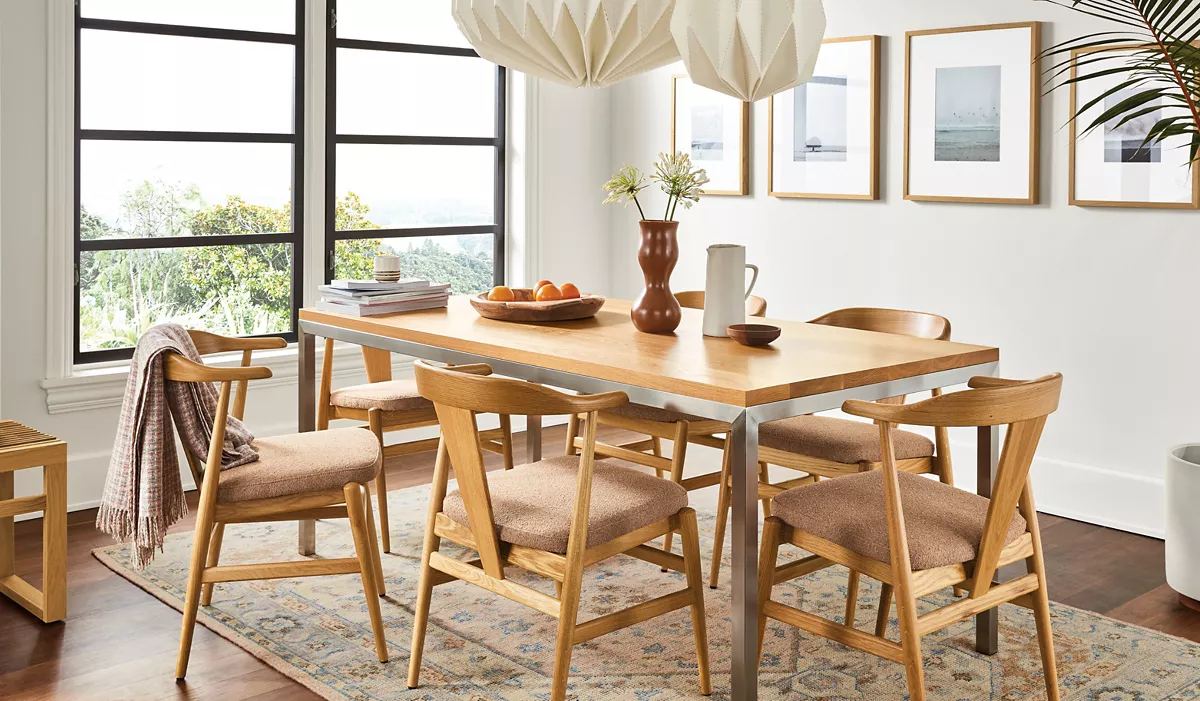
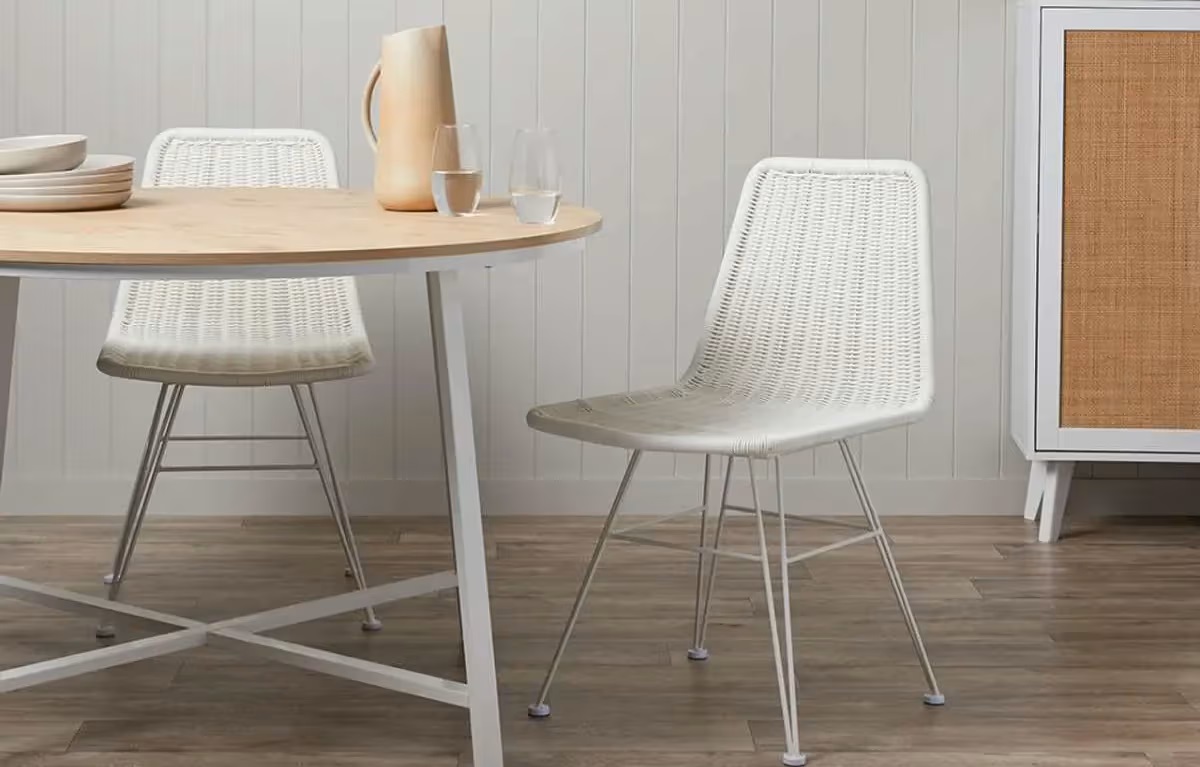
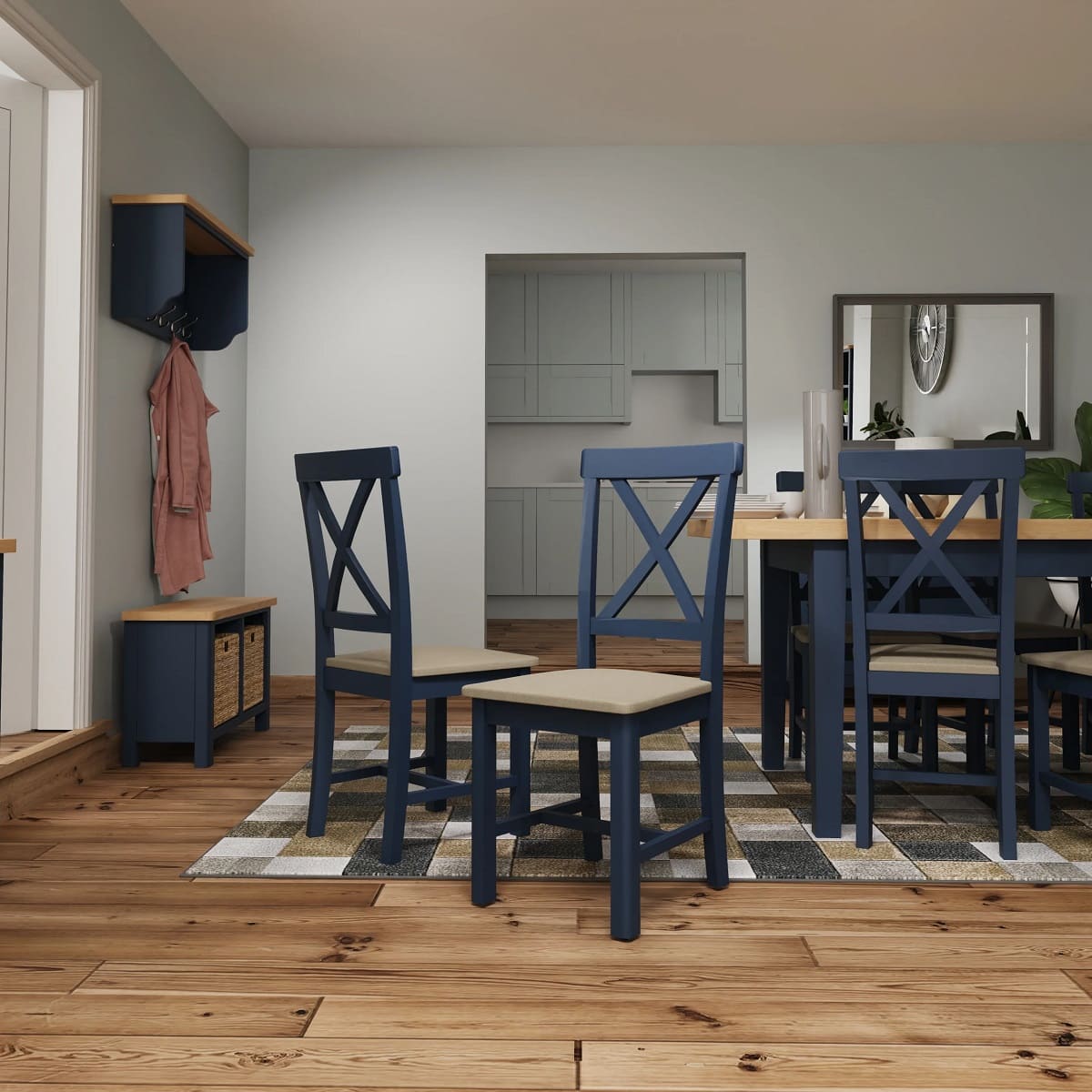
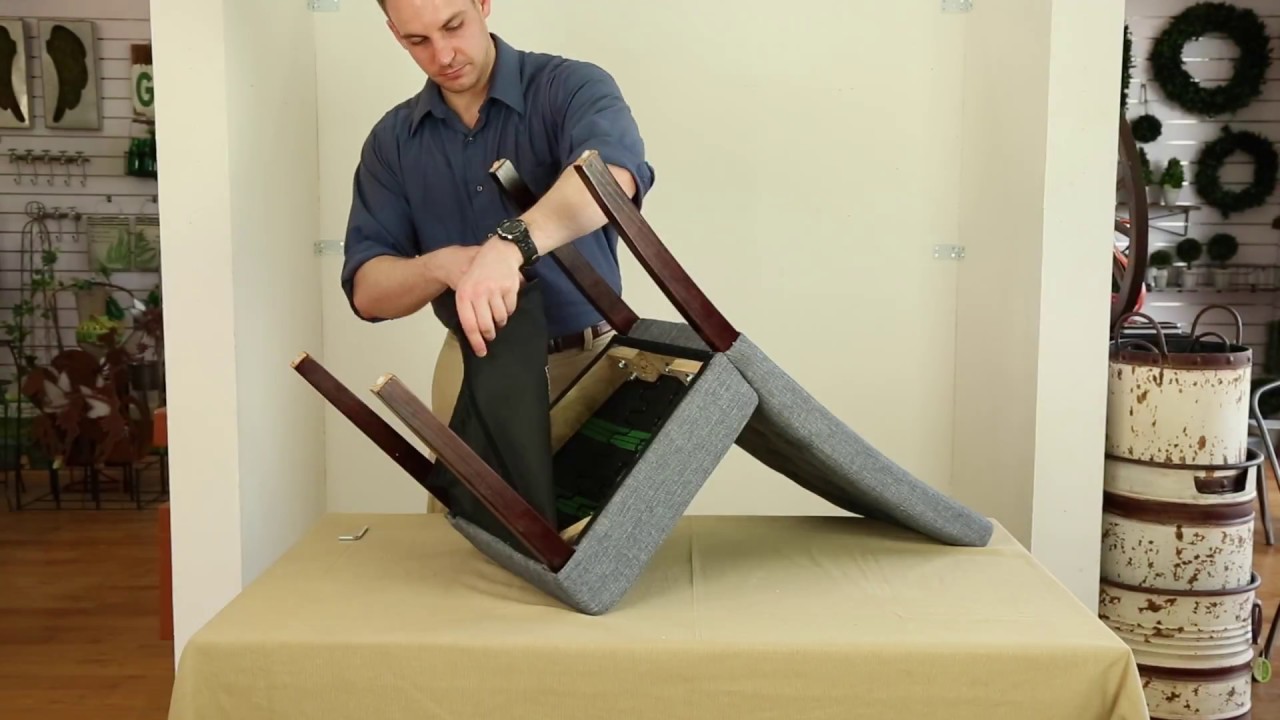
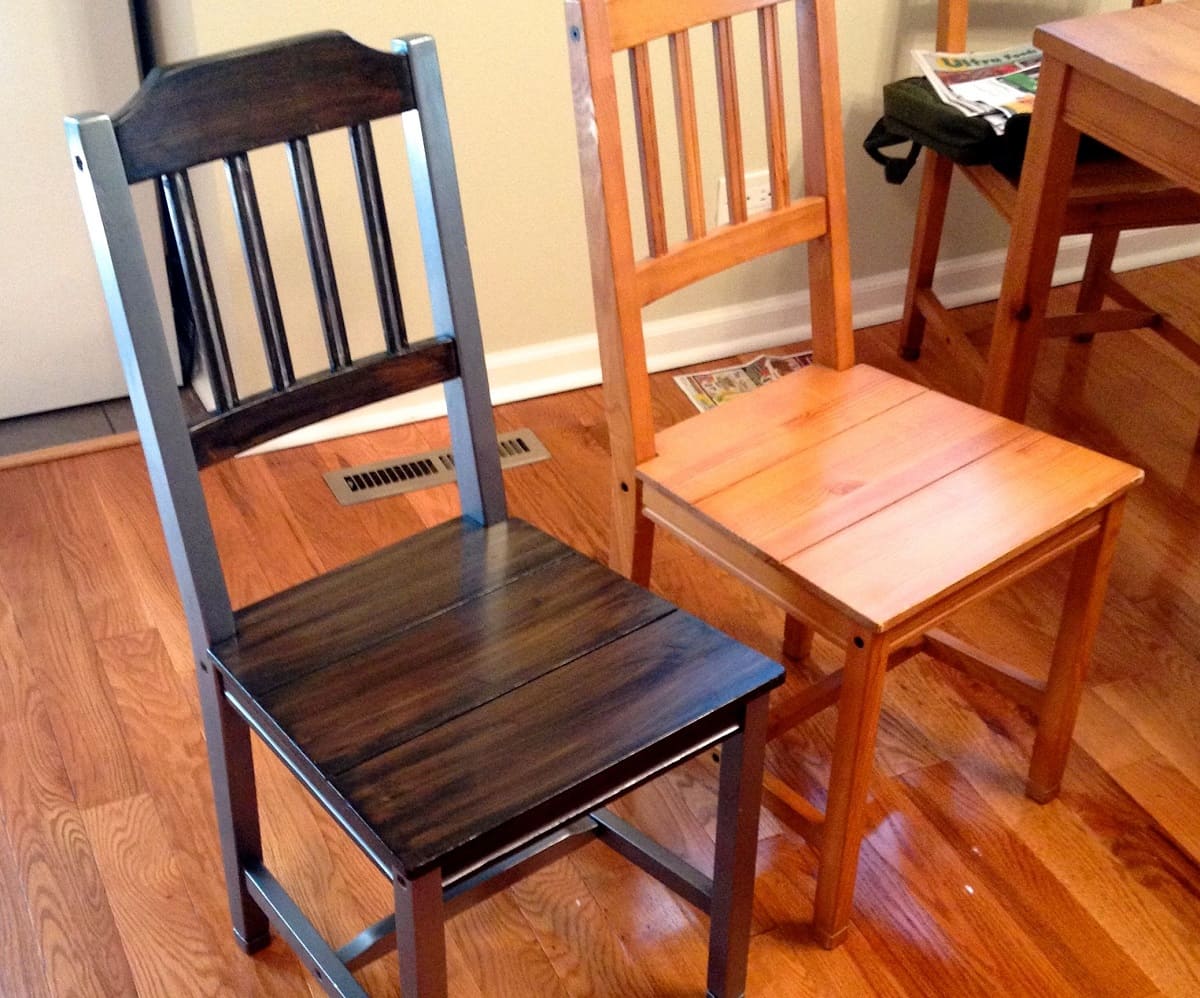
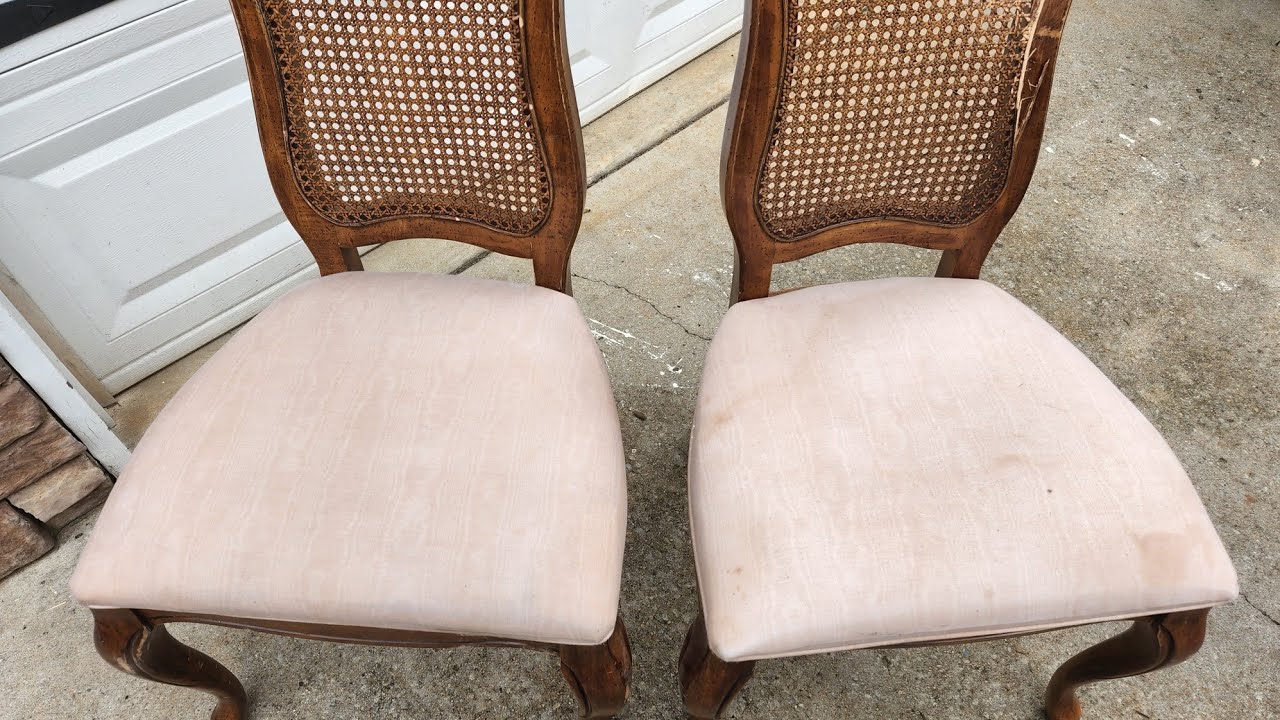
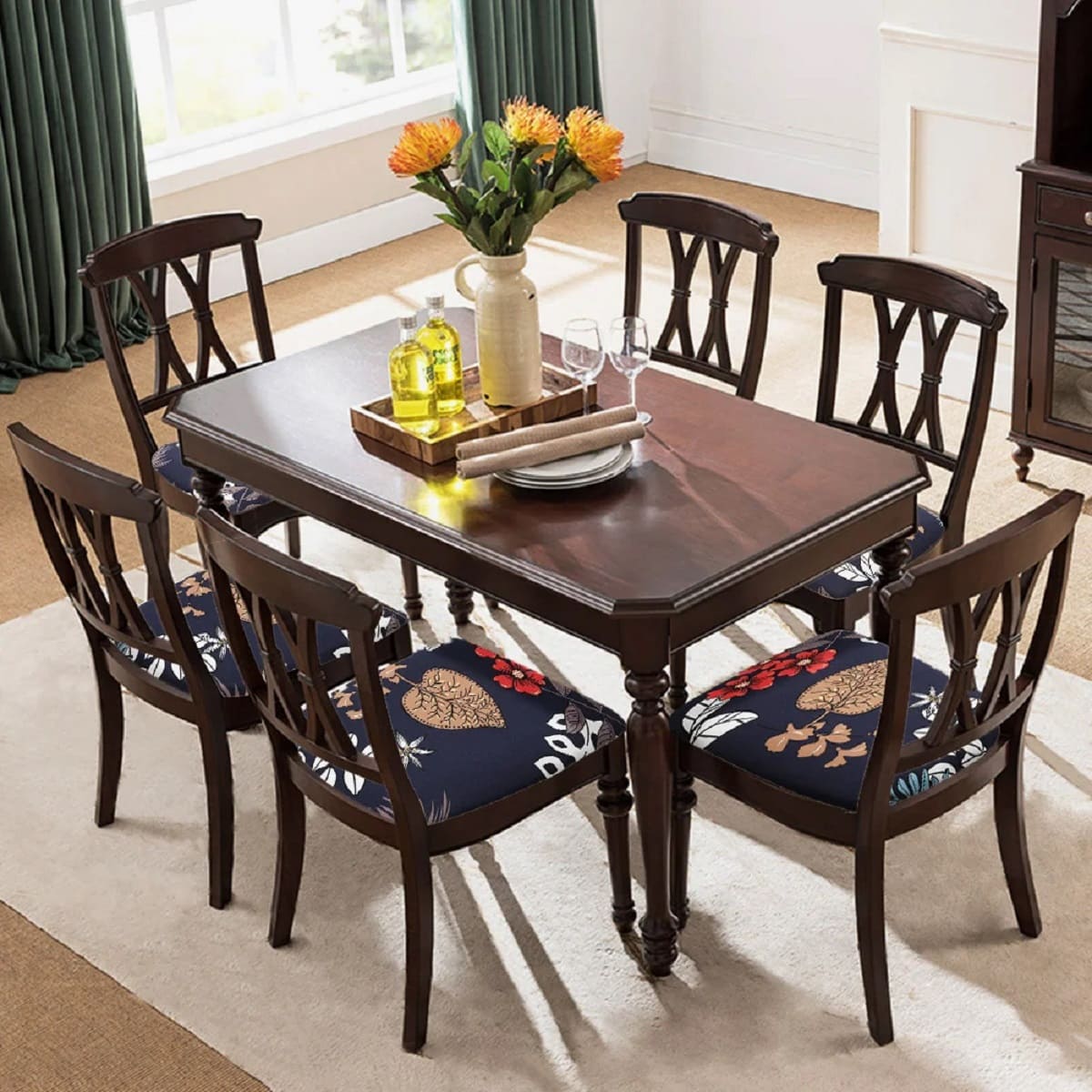
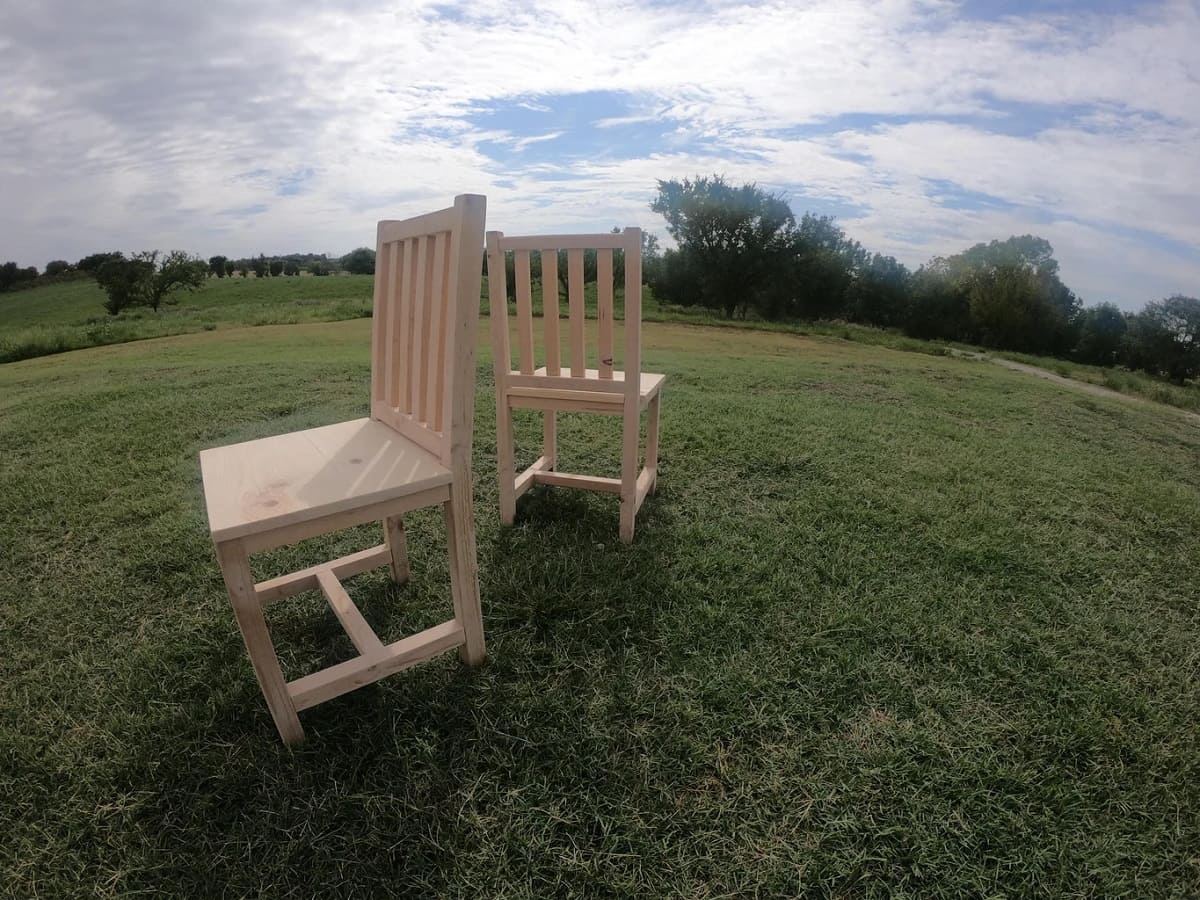
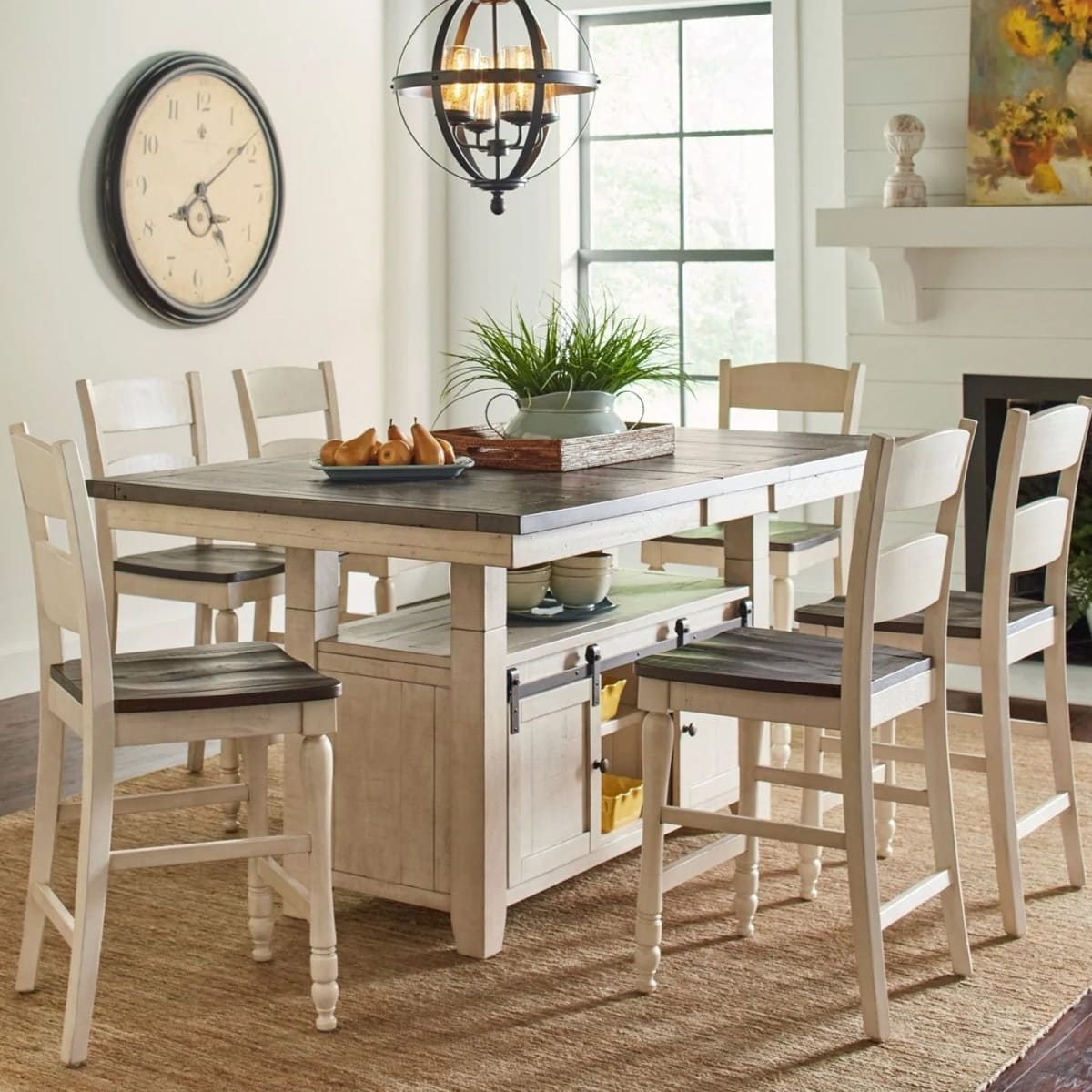
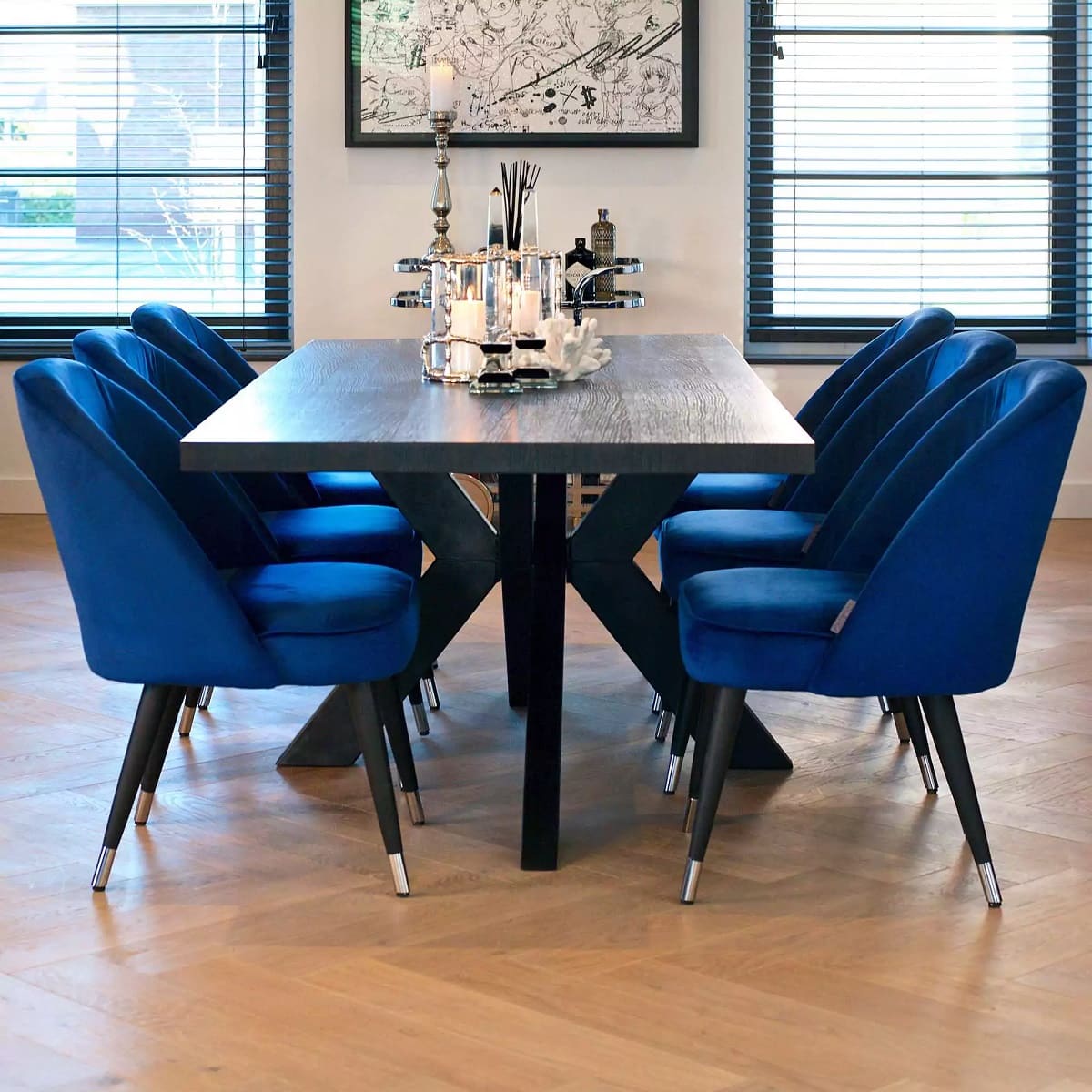
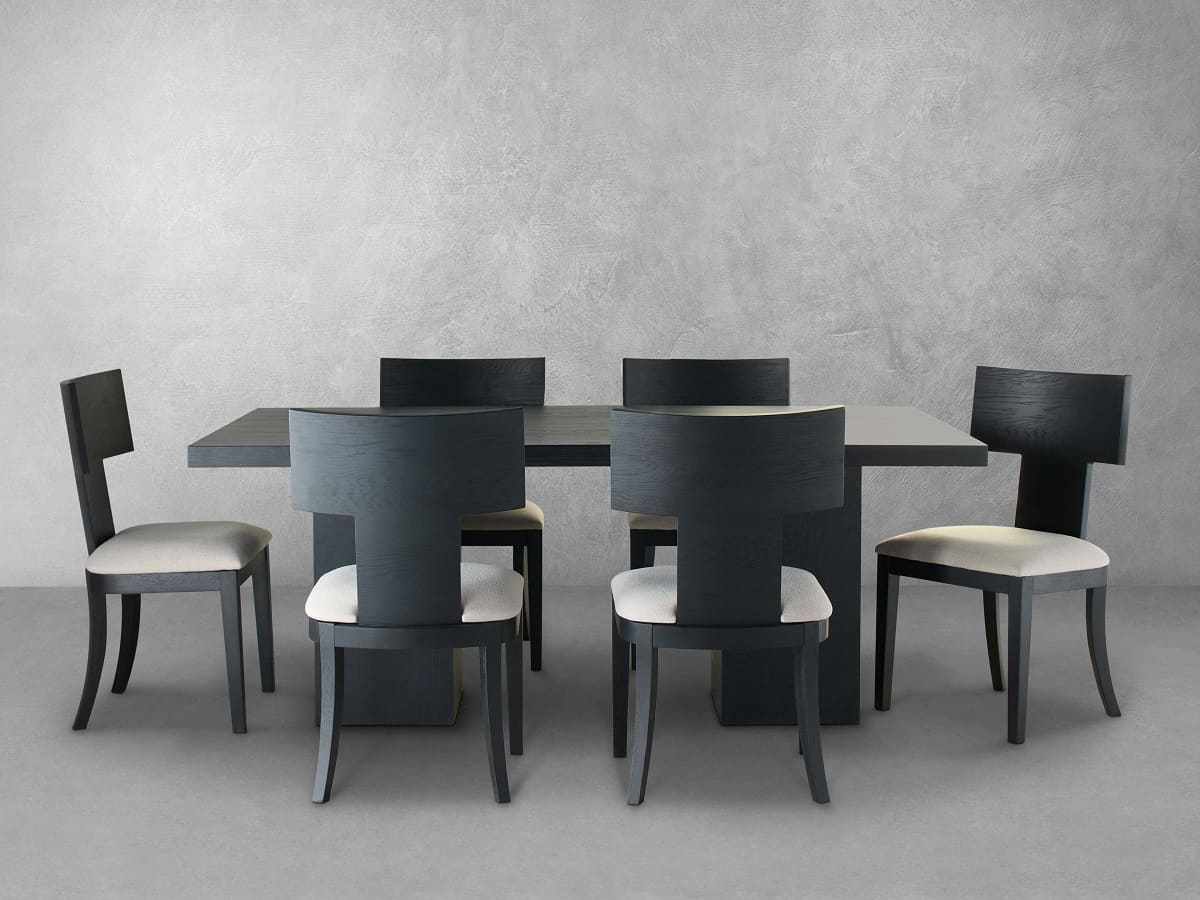
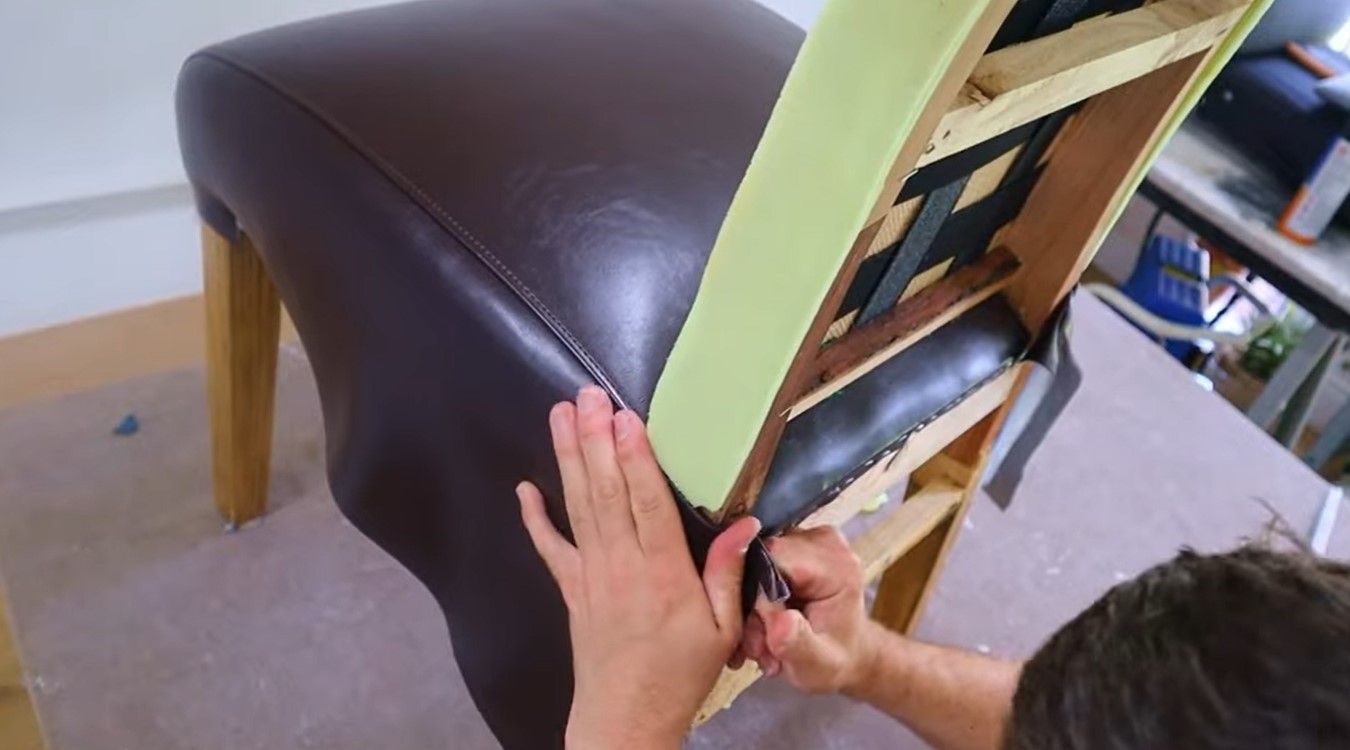
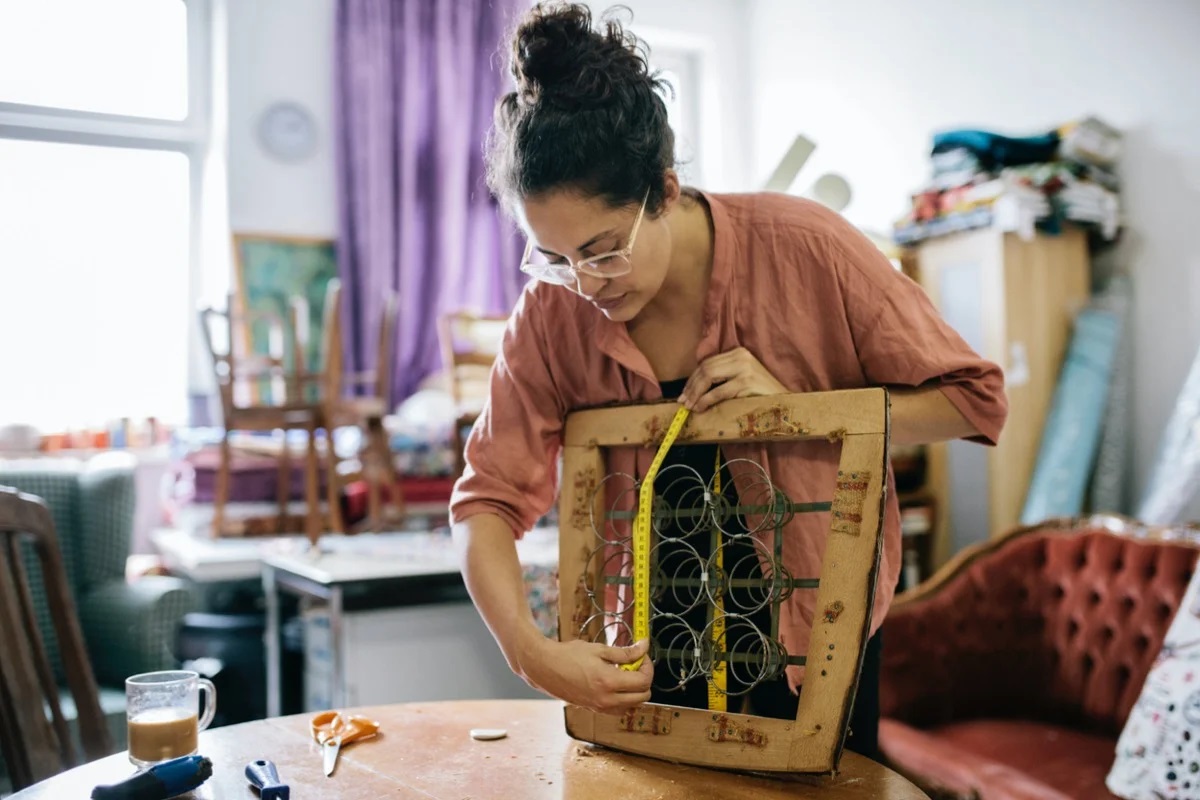

0 thoughts on “How To Match Chairs To A Dining Table”